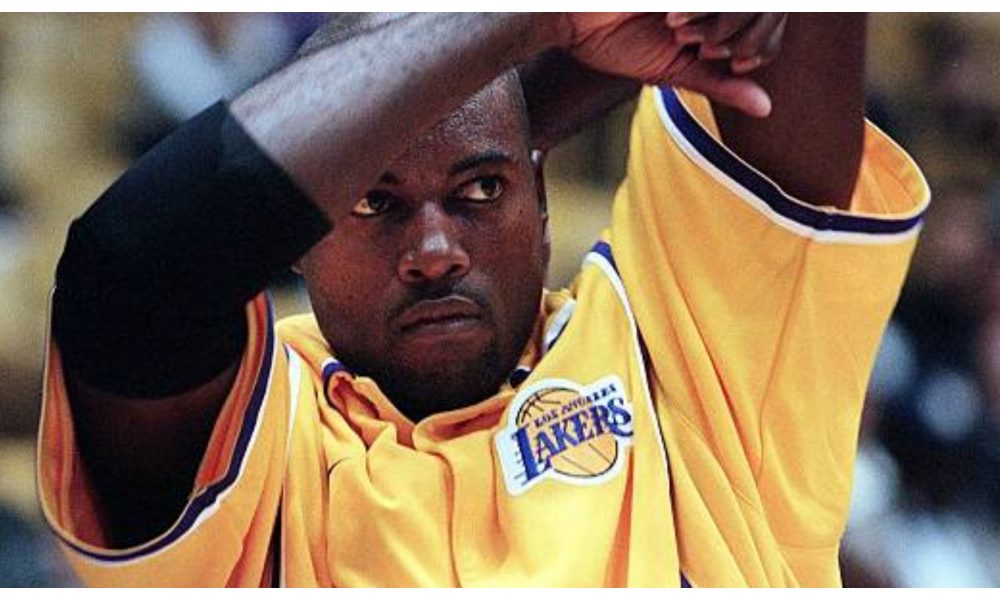
How to Treat Golfer’s Elbow and Tennis Elbow at Home

Summer months are the ideal time when people love to take part in a favorite recreational activity or play a sport. However, any active recreational sport leads to repetitive strain as well as injuries that arise from overuse. Two of the most common injuries are golfer’s elbow and tennis elbow. The common misconception that people have is that these two injuries can occur only if you play golf or tennis. That’s not the case. You can fall prey to these over time. Golfer’s elbow and tennis elbow happen to be different types of injuries that are common to forearm muscles. What is the basic difference between the two, and how would they treat them? Get to know in detail.
Golfer’s Elbow
 As stated earlier, golfer’s elbow involves your forearm muscles. In this particular injury, the muscles involved are the ones that connect your wrist to the funny bone portion of your elbow near the area where your inner bump is. These muscles help in the twisting motion of your wrist. This is the connection it has with golf.
As stated earlier, golfer’s elbow involves your forearm muscles. In this particular injury, the muscles involved are the ones that connect your wrist to the funny bone portion of your elbow near the area where your inner bump is. These muscles help in the twisting motion of your wrist. This is the connection it has with golf.
The symptoms of golfer’s elbow comprise pain near the funny bone and reduced strength of your grip. You don’t always develop a golfer’s elbow while playing a sport. Any activity that requires you to twist your wrist or your forearm can lead to this specific injury. Fortunately, there are a few stretches and exercises that you can do to ward off the symptoms. We will go into the granular details in the latter part of this blog. Let’s now focus on what a tennis elbow is and how exactly it is different from the golfer’s elbow.
Tennis Elbow
Tennis elbow is an injury that involves the tendons and muscles that extend from your forearm to your wrist and fingers. There is a gradual development of tennis elbow symptoms, and it all starts from mild pain, which can worsen with time. Tennis elbow doesn’t always occur due to an injury. Instead, it can happen owing to the overuse of the tendons present in your forearm.
Weakened grip strength, a burning sensation throughout the outer area of your elbow, and a persisting pain are the symptoms of tennis elbow. Such an injury gets worse when you utilize your forearm when playing tennis, shaking hands, etc. Now, what are the exercises that would help you to get rid of the symptoms? Here’s what you can do at home to ward off the pain successfully without taking any sort of medicine.
Wrist Stretches
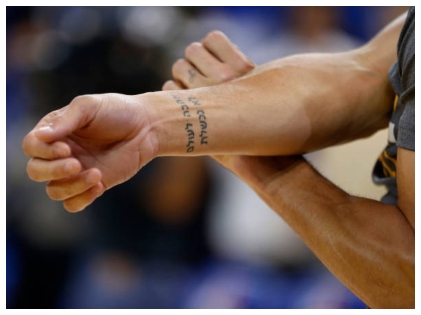 If you are suffering from golfer’s elbow, hold the arm out with the palm facing upwards. Try to pull your fingers and hand back towards the direction of your body gently, with the help of your other hand. Hold them for around 30 seconds. Relax. Repeat this stretching three times in a row. You can perform this as many times as you want throughout the day. In case of tennis elbow, you put your hand out just like you do for golfer’s elbow.
If you are suffering from golfer’s elbow, hold the arm out with the palm facing upwards. Try to pull your fingers and hand back towards the direction of your body gently, with the help of your other hand. Hold them for around 30 seconds. Relax. Repeat this stretching three times in a row. You can perform this as many times as you want throughout the day. In case of tennis elbow, you put your hand out just like you do for golfer’s elbow.
But this time, the palm should be facing downwards. Use your other hand to pull your fingers and hand towards your body. Perform it gently to avoid pain. This shouldn’t cause any pain. But, in case it does, try to be as gentle as possible. This stretching would help you to stretch your forearm. Hold for around 30 seconds, relax, and then repeat it for two more times.
Some More Common Exercises
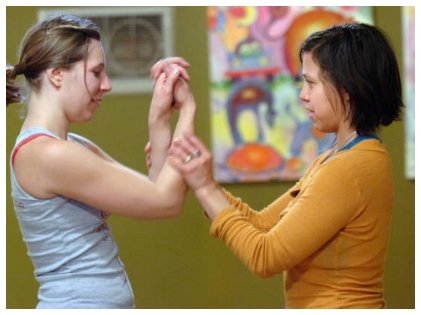 Wrist extension is one of the most common exercises when you are suffering from a tennis elbow. Place your elbow at the right angle with your palm turned downwards. Rest it on a table for support. Extend your wrist to lift it from the table surface gently. There is no pain involved. Repeat this stretching for ten times.
Wrist extension is one of the most common exercises when you are suffering from a tennis elbow. Place your elbow at the right angle with your palm turned downwards. Rest it on a table for support. Extend your wrist to lift it from the table surface gently. There is no pain involved. Repeat this stretching for ten times.
After you practice this for a definite period, you can go a step further and add some weight to bring resistance and involve strengthening. For grip strengthening, you can avail of a stress ball. Hold it in your hand and give it a gentle squeeze. Hold and squeeze the ball for five seconds. Let go of it, relax, and then repeat the entire process ten times.
Aside from these activities, you should also get chiropractic care, which involves the stretches and exercises that you went through above. In addition to that, you can also seek laser or, in that case, a shockwave therapy too. Take care, and stay fit.
More in Treatment
-
`
5 Reasons Why Dad’s Side of the Family Misses Out
Family bonds are intricate and multifaceted, often creating a unique tapestry of connections. However, many people notice a peculiar trend: stronger...
July 12, 2024 -
`
A Quick Guide on How to Get Short-Term Disability Approved for Anxiety and Depression
Living with anxiety or depression poses unique challenges, particularly in the workplace, where stress can exacerbate symptoms. For many, short-term disability...
July 5, 2024 -
`
Why Do People Feel Sleepy After Eating?
Is feeling sleepy after eating a sign of diabetes? Well, not directly. There are many reasons why you feel drowsy after...
June 20, 2024 -
`
What Is High-Functioning Depression? Symptoms and Treatment
High-functioning depression may not be a term you hear every day, but it’s a very real and challenging experience for many....
June 13, 2024 -
`
Kelly Clarkson’s Weight Loss Ozempic Journey – Debunking the Rumors
In a refreshing moment of transparency, Kelly Clarkson, the beloved singer and talk show host, sheds light on her remarkable weight...
June 3, 2024 -
`
What Is the Best Milk for Gut Health and Why?
In recent years, the milk section at the grocery store has expanded far beyond the traditional options. While cow’s milk has...
May 30, 2024 -
`
Do Dental Implants Hurt? Here’s All You Need to Know
When you hear “dental implants,” you might wince at the thought of pain. But do dental implants hurt as much as...
May 24, 2024 -
`
5 Key Differences Between A Psych Ward & A Mental Hospital
Curious about the differences between a psych ward and a mental hospital? You are not alone. With the mental health conversation...
May 16, 2024 -
`
It’s Official! “Selling Sunset’s” Christine Quinn & Husband Christian Dumontet Are Parting Ways
Have you ever found yourself unexpectedly engrossed in the personal lives of celebrities, especially when their stories take dramatic turns? Well,...
May 9, 2024
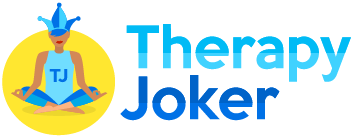






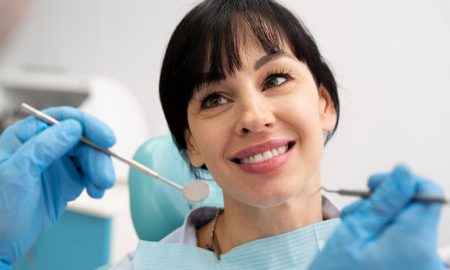


You must be logged in to post a comment Login